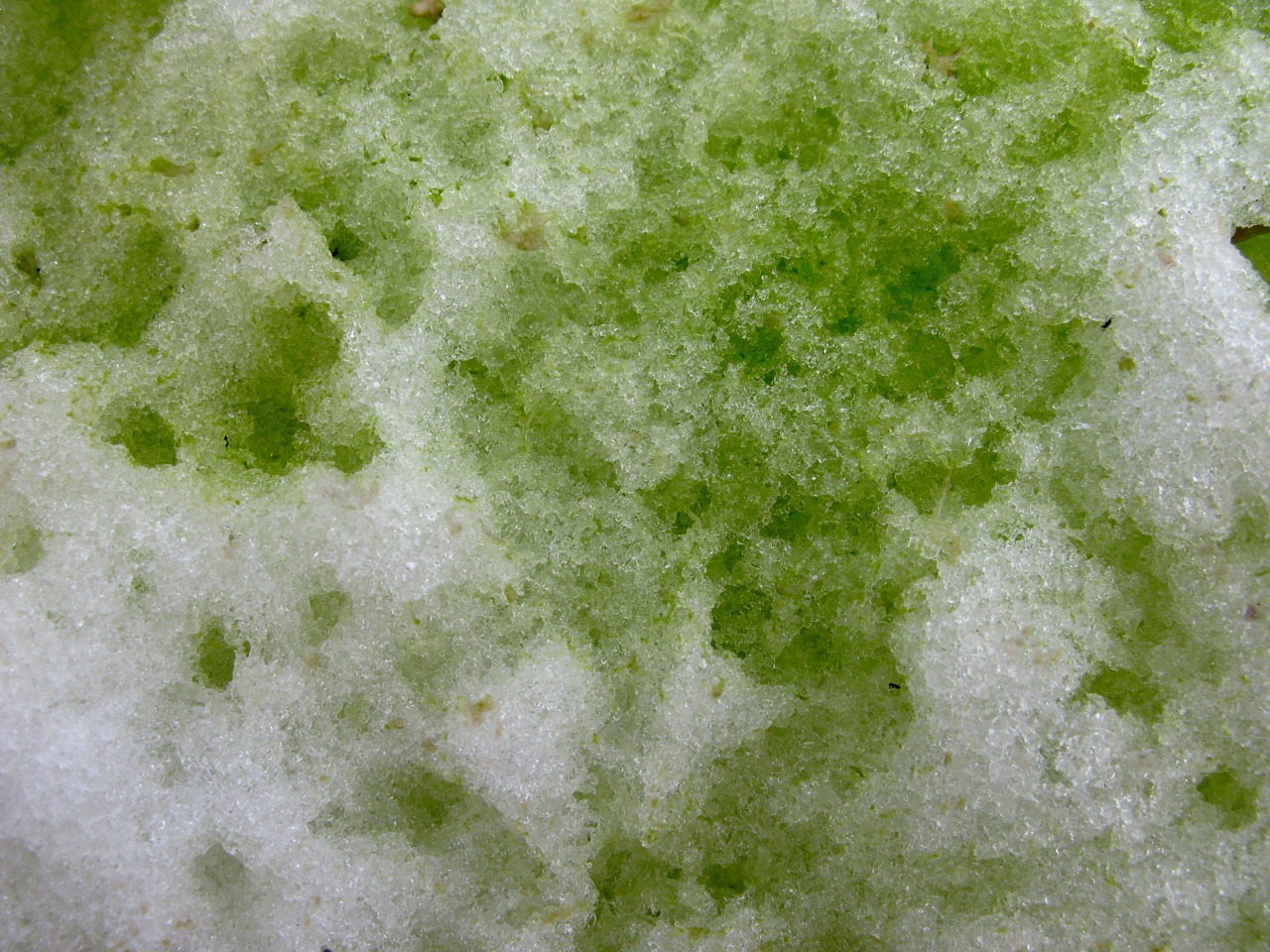
Visitors to Utah's Cache County are being treated to a stunning sight — mountain ranges covered with pink and red snow. The "watermelon snow" is not the work of an ambitious artist. Instead, it is a natural phenomenon caused by Chlamydomonas nivalis algae.
The microscopic green algae can be found in snowfields around the world. It remains dormant during the winter months. But when the days get warmer, the algae produce a red pigment that darkens the cells. This protects them from the Sun's harmful ultraviolet rays. The darker algae cells have a secondary benefit. They absorb more heat causing the snow around them to melt faster. This gives the algae access to water.

Scott Hotaling, an assistant professor at Utah State University, says the algae's help in melting the snow this year is welcomed due to 2022's record-breaking winter precipitation. However, it could be an issue during years of drought. The scientist is researching how much of Utah's snowpack melts due to the algae. Hotaling also plans to investigate if anything can be done to mitigate the algae's impact before it becomes problematic.
Resources: Wikipedia.org, Dailymail.com, thehill.com
